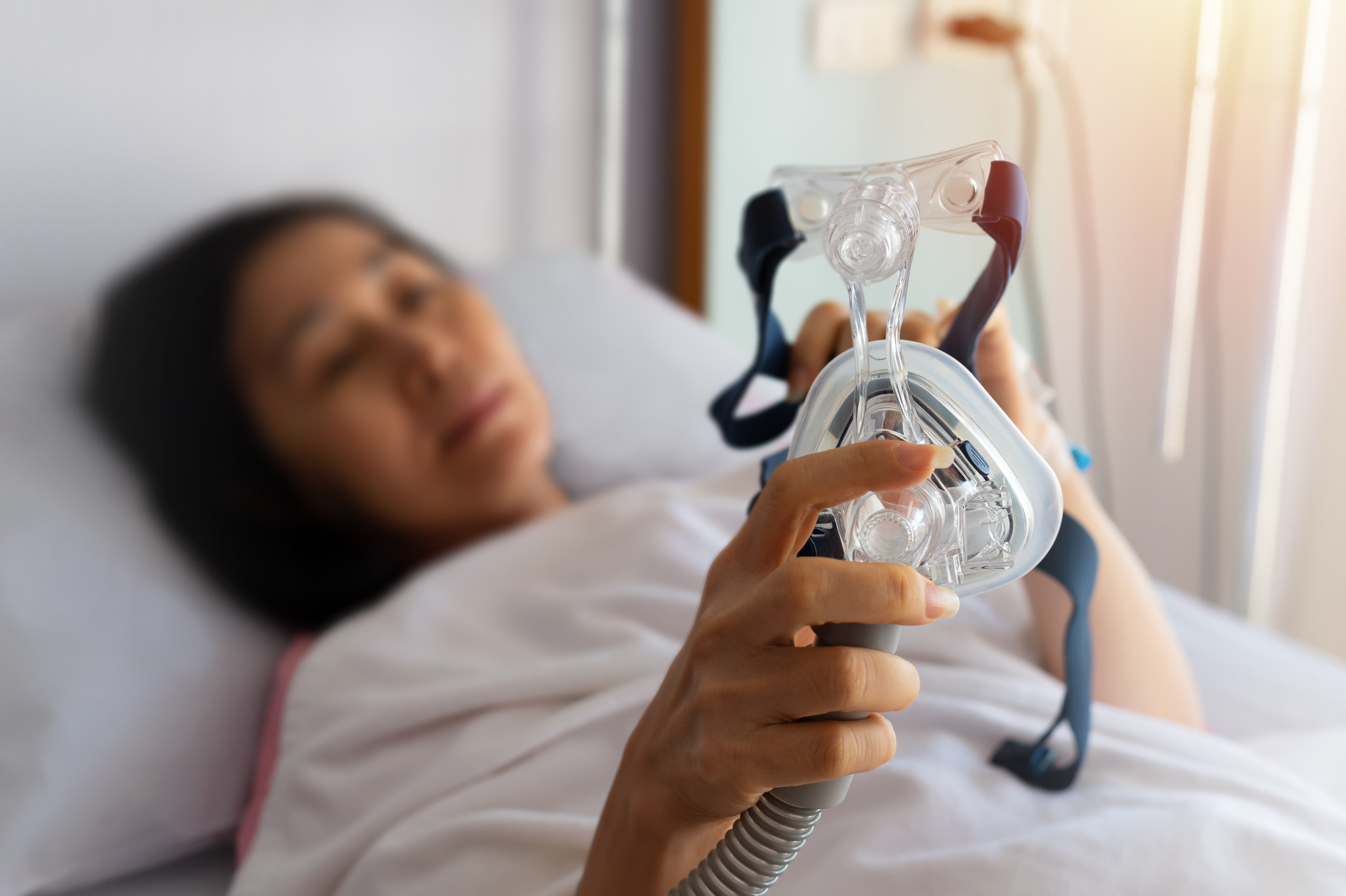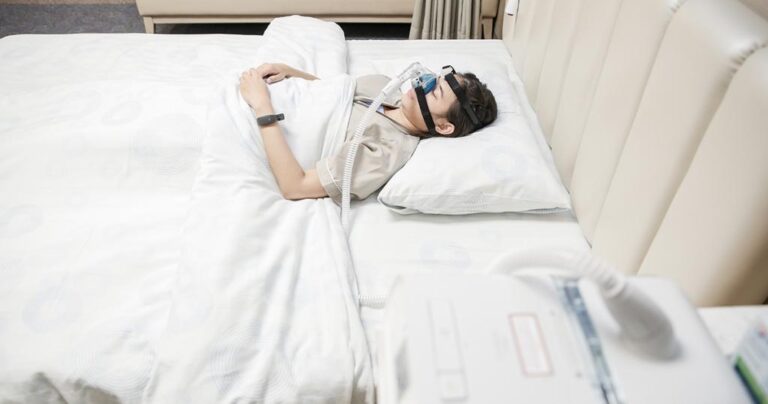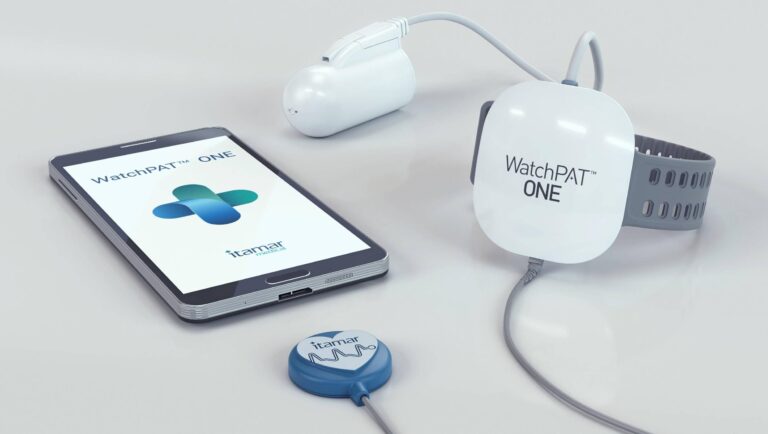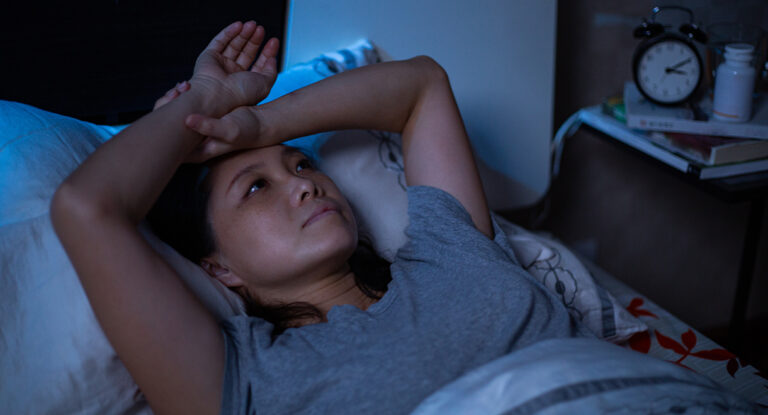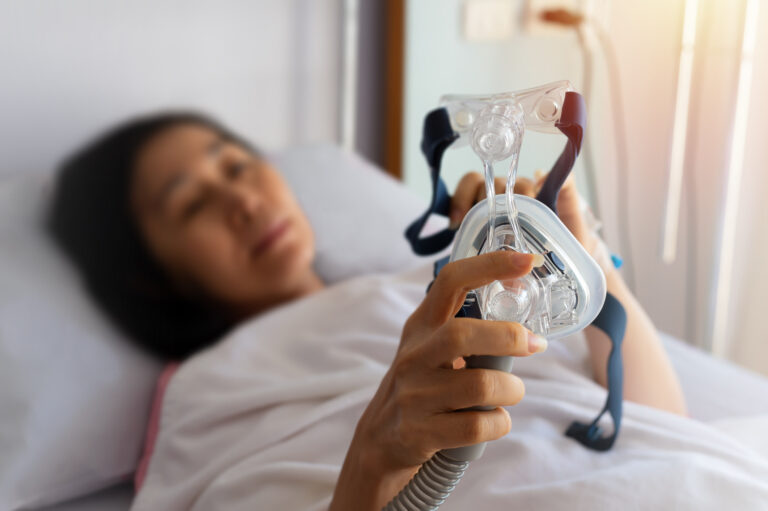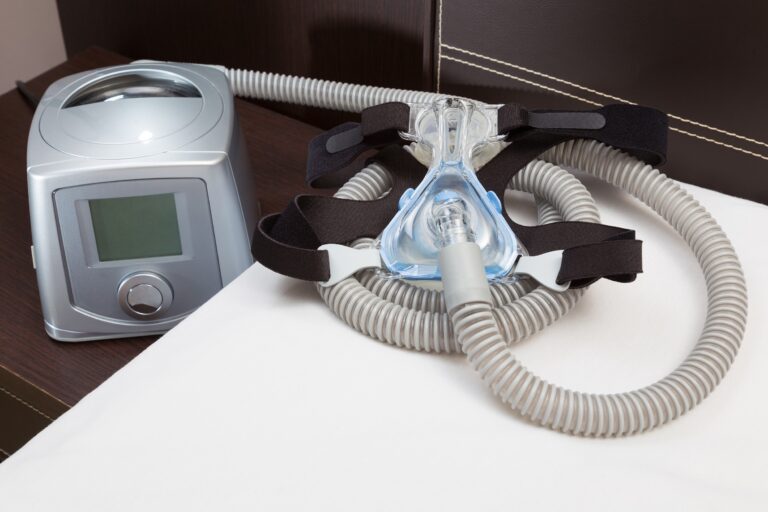How to Overcome the Challenges of Using a CPAP Machine
CPAP machines are widely recognized as one of the most effective treatments for sleep apnea, a disorder where breathing repeatedly stops and starts during sleep. These machines provide continuous air pressure through a mask, helping individuals with obstructed airways maintain smooth and uninterrupted breathing while they sleep. While CPAP therapy is life-changing for many people, it does come with its own set of challenges. In this article, we will explore how to overcome the common difficulties associated with using a CPAP machine, ensuring that you can enjoy the full benefits of therapy.
Introduction
CPAP (Continuous Positive Airway Pressure) machines are crucial for treating obstructive sleep apnea (OSA), which occurs when the throat muscles relax excessively during sleep, causing a temporary blockage of the airway. CPAP machines work by delivering a constant flow of air through a mask, which prevents the airway from collapsing, ensuring consistent airflow throughout the night. This treatment helps people with OSA to sleep better, reduces daytime fatigue, and prevents serious health issues such as heart disease and stroke.
Although highly effective, using a CPAP machine can be challenging for some individuals. The adjustment period can be difficult, with issues such as discomfort, air leaks, dry mouth, and difficulty falling asleep. Overcoming these obstacles is essential for maximizing the benefits of CPAP therapy. In this article, we will address the most common challenges and provide tips on how to solve them.
What is Sleep Apnea and How CPAP Machines Help
Sleep apnea is a condition that causes the airway to become blocked during sleep, leading to frequent breathing pauses. There are three main types:
- Obstructive Sleep Apnea (OSA): The most common type, caused by a physical obstruction of the airway.
- Central Sleep Apnea: A result of the brain failing to send proper signals to the muscles that control breathing.
- Complex Sleep Apnea: A combination of both obstructive and central sleep apnea.
CPAP machines are designed to treat Obstructive Sleep Apnea. By providing a constant stream of air, they prevent the airway from collapsing and ensure uninterrupted breathing. This improves sleep quality, reduces symptoms of daytime fatigue, and reduces the risk of complications like high blood pressure and heart disease.
See more: Sleep Study Canberra: What It Is and How to Get Started
Types of CPAP Machines
There are several types of CPAP machines, each designed for different needs:
- Standard CPAP (Continuous Positive Airway Pressure):
- Delivers a constant, fixed air pressure.
- Simple, effective, and generally more affordable.
- Ideal for those with mild to moderate sleep apnea.
- Auto-CPAP (Auto Adjusting CPAP):
- Automatically adjusts the air pressure based on real-time feedback of breathing patterns.
- Offers more personalized therapy.
- Ideal for individuals whose pressure needs vary throughout the night.
- BiPAP (Bilevel Positive Airway Pressure):
- Provides two levels of pressure—higher for inhalation and lower for exhalation.
- Ideal for those who have difficulty exhaling against high pressures or have complex sleep apnea.
How to Choose the Right CPAP Machine
Selecting the right CPAP machine is crucial for comfort and effectiveness. Here are some key factors to consider when choosing a CPAP machine:
- Comfort: Choose a machine with adjustable settings such as a ramp function (which gradually increases pressure) and various mask options.
- Noise Level: Consider a quieter machine if you or your partner are sensitive to sound.
- Portability: If you travel frequently, opt for a lightweight, compact model that’s easy to transport.
- Price: Standard CPAP machines tend to be more affordable, while Auto-CPAP and BiPAP machines are more expensive due to their advanced features.
Consult with your healthcare provider to determine the best CPAP machine for your specific needs.
CPAP Machine Setup and Usage
Setting up and using your CPAP machine correctly is key to overcoming any challenges. Here’s a simple guide:
- Unbox and Assemble: Attach the tubing to the CPAP machine and mask. Fill the humidifier chamber with distilled water if your machine has one.
- Adjust the Settings: For standard CPAP machines, your doctor will set the prescribed air pressure. For Auto-CPAP, the machine will adjust the pressure automatically.
- Fit the Mask: Choose a mask that fits snugly to prevent air leaks. There are various types, such as nasal masks, nasal pillow masks, and full-face masks.
- Start Using the Machine: Turn on the CPAP machine and begin using it every night to get the best results.
Troubleshooting Tips:
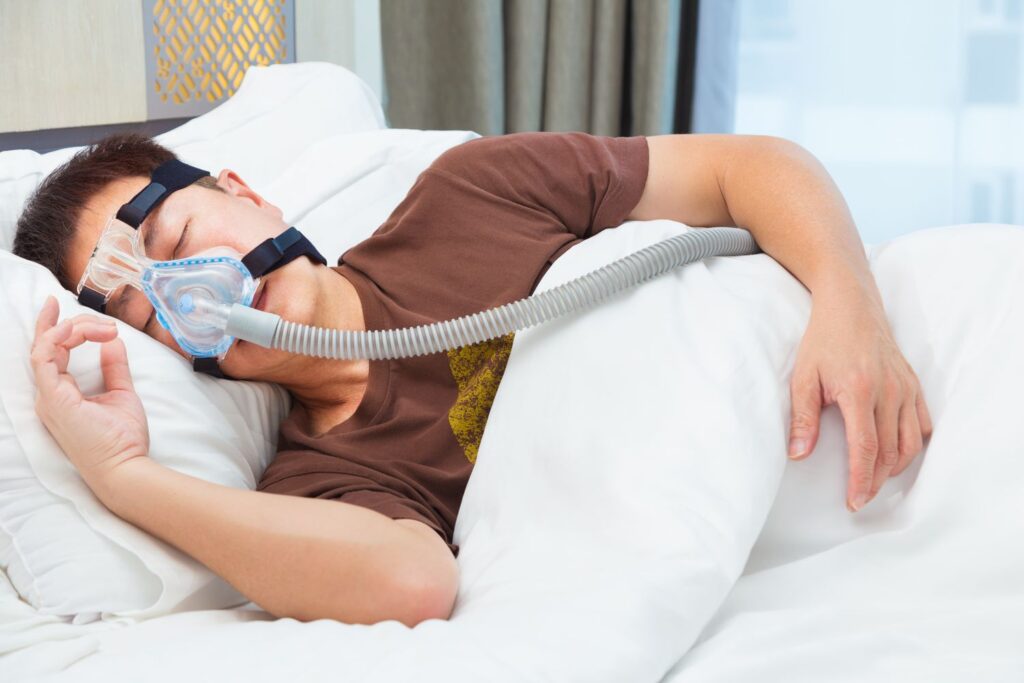
- Air Leaks: Ensure the mask is properly fitted. If you feel air escaping, adjust the mask or straps. You may also want to try a different mask style.
- Dry Mouth: Consider using a heated humidifier or opt for a full-face mask if you breathe through your mouth.
- Noise: Ensure the CPAP machine is placed on a stable surface to reduce vibrations and noise.
CPAP Machine Accessories and Maintenance
Regular cleaning and maintaining your CPAP machine and its accessories is essential for optimal performance and hygiene. Here are some key accessories and maintenance tips:
- Masks: Clean your mask daily with warm, soapy water to remove dirt and bacteria.
- Tubing: Clean the tubing weekly with mild soap and water. Replace the tubing every 6 to 12 months.
- Filters: Replace the air filter regularly (typically monthly) to ensure clean airflow.
- Humidifiers: If your CPAP has a humidifier, clean the water chamber regularly to prevent mold and bacteria buildup.
Proper maintenance not only ensures your machine works effectively but also prevents potential health issues.
Benefits of Using a CPAP Machine
While the primary benefit of a CPAP machine is improving sleep quality for individuals with sleep apnea, there are many other health benefits:
- Improved Sleep Quality: CPAP machines prevent interruptions in breathing, resulting in more restful sleep.
- Reduced Risk of Heart Disease: Untreated sleep apnea increases the risk of cardiovascular issues. CPAP therapy reduces this risk by maintaining consistent oxygen levels.
- Increased Energy: With improved sleep, CPAP users often experience less daytime fatigue and higher energy levels.
- Better Cognitive Function: Improved sleep leads to better focus, memory, and mental clarity.
Common CPAP Machine Problems and How to Solve Them
Here are some common CPAP issues and their solutions:
- Air Leaks: Adjust the mask for a better seal or try a different mask style.
- Dry Mouth: Use a heated humidifier or switch to a full-face mask if you tend to breathe through your mouth.
- Discomfort: Experiment with different mask styles or add cushion pads for added comfort.
Cost of CPAP Machines and Insurance Coverage
CPAP machine prices vary depending on the type and features:
- Standard CPAP Machines: Typically cost between $200 and $800.
- Auto-CPAP Machines: Generally range from $500 to $1,500.
- BiPAP Machines: Can range from $1,000 to $2,000 or more.
Insurance Coverage: Most insurance plans cover CPAP machines when prescribed by a doctor. Be sure to check with your insurance provider to understand what is covered and what you will need to pay out of pocket.
Conclusion
CPAP machines are a valuable tool for managing sleep apnea and overcoming related challenges such as snoring and daytime fatigue. By selecting the right machine, ensuring proper setup and maintenance, and addressing common issues, you can enjoy improved sleep and overall health. While the cost of CPAP machines can be a concern, the health benefits—such as reduced risk of heart disease, better sleep quality, and increased energy—make the investment worthwhile. If you’re struggling with sleep apnea or snoring, consult your healthcare provider to determine if CPAP therapy is the right treatment for you.

